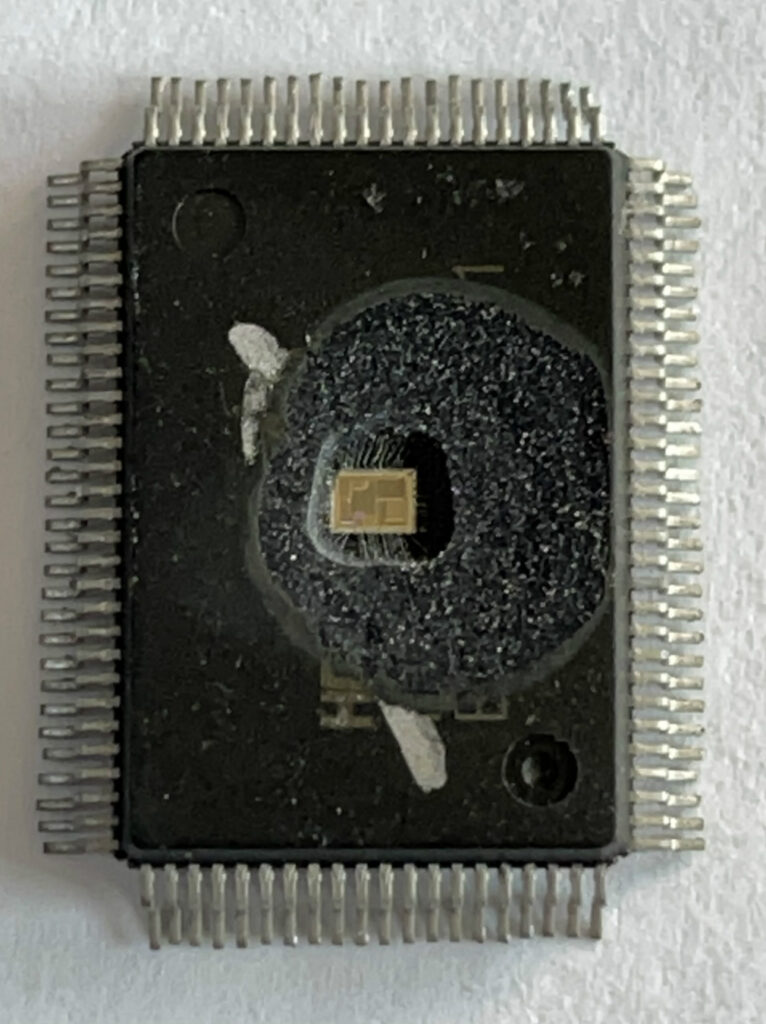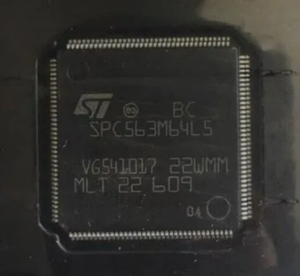 STMicroelectronics SPC56EL60L3 Microprocessor Flash Memory Breaking
STMicroelectronics SPC56EL60L3 Microprocessor Flash Memory Breaking
STMicroelectronics SPC56EL60L3 Microprocessor Flash Memory Breaking needs to find a proper way to unlock tamper resistance mechanism of mcu spc56el60l3 and then extract embedded heximal file from its flash memory;

The main oscillator provides these features:
- Input frequency range 4–40 MHz
- Crystal input mode
- External reference clock (3.3 V) input mode
- FMPLL reference
The architecture uses constant current charging of a capacitor. The voltage at the capacitor is compared to the stable bandgap reference voltage. The RC oscillator is the device safe clock.

STMicroelectronics SPC56EL60L3 شکستن حافظه فلش ریزپردازنده نیاز به پیدا کردن یک راه مناسب برای باز کردن مکانیسم مقاومت در برابر دستکاری mcu spc56el60l3 و سپس استخراج فایل هگزیمال جاسازی شده از حافظه فلش ان
The RC oscillator provides these features:
- Nominal frequency 16 MHz
- ±5% variation over voltage and temperature after process trim
- Clock output of the RC oscillator serves as system clock source in case loss of lock or loss of clock is detected by the FMPLL when clone stmicro spc56el54l5 microcontroller memory heximal;
- RC oscillator is used as the default system clock during startup and can be used as back-up input source of FMPLL(s) in case XOSC fails
These modules provide the following:
- Clock gating and clock distribution control
- Halt, stop mode control
- Flexible configurable system and auxiliary clock dividers
- Various execution modes
- HALT and STOP mode as reduced activity low power mode
- Reset, Idle, Test, Safe
- Various RUN modes with software selectable powered modules
- No stand-by mode implemented (no internal switchable power domains)